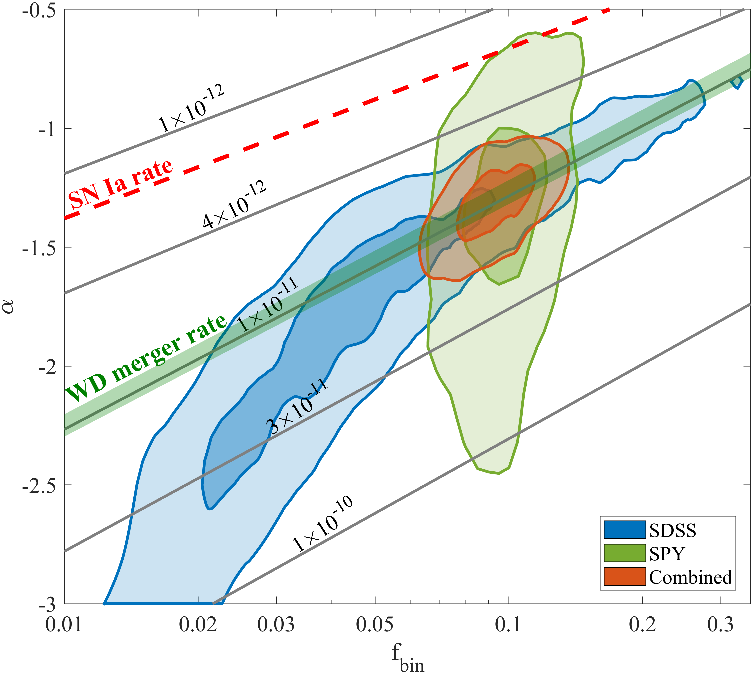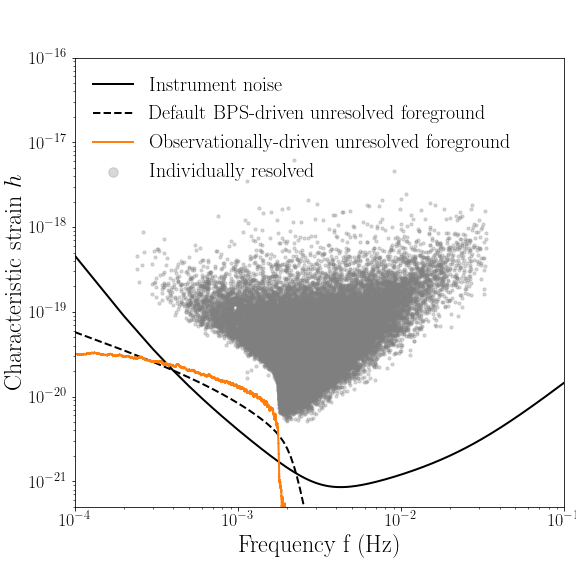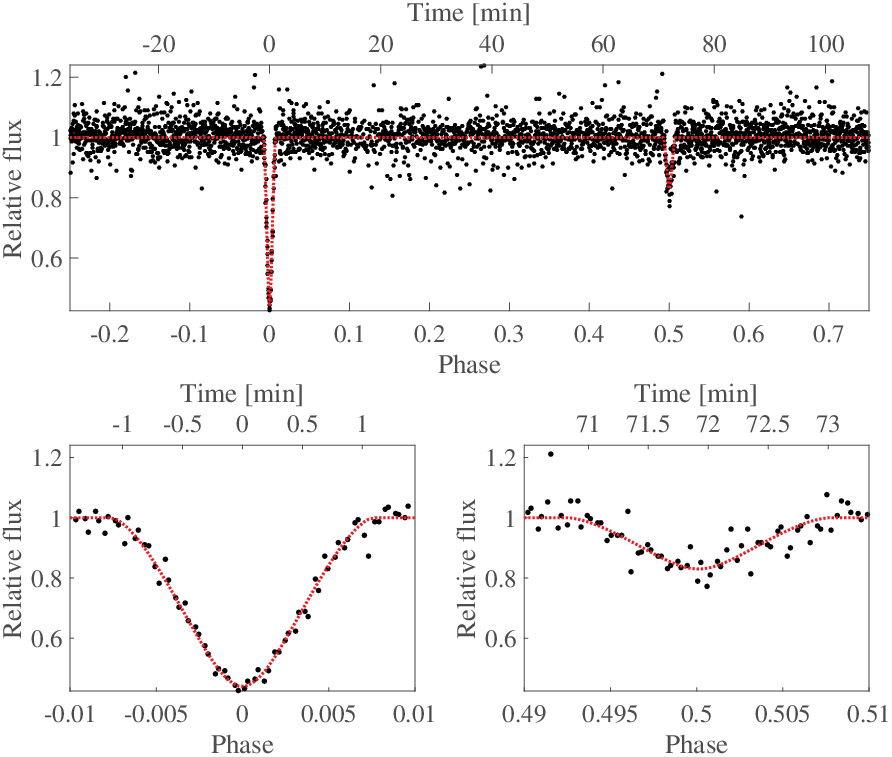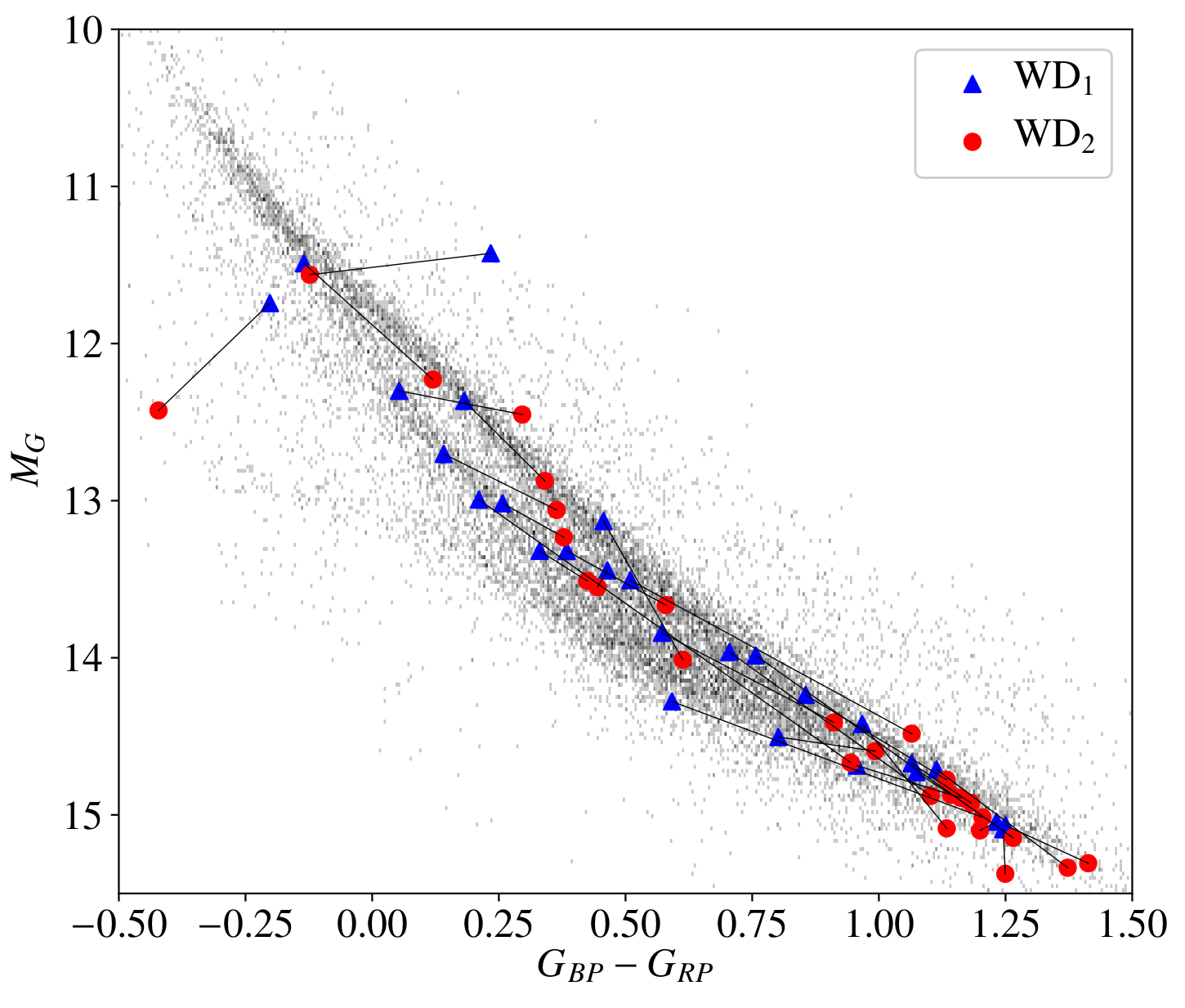Characterizing the local double white dwarf population
Binary systems consisting of two WDs are important in a broad range of astrophysical contexts, from stellar evolution, through Type-Ia supernova (SN Ia) progenitors, to sources of gravitational waves. SNe Ia—supernova explosions of WDs—are a major source of heavy elements, and, as ‘standard candles’, they have provided one of the fundamental methods for estimating distances in the Universe. However, the nature of the progenitor systems of SNe Ia is still unclear. A progenitor scenario that has been long considered is the double-degenerate scenario, in which a double WD binary loses energy and angular momentum to gravitational waves, until merger and possible explosion as a SN Ia. If most SN Ia explosions are the result of double WD mergers, then the observed double WD merger rate should be high enough to account for the observed SN Ia rate. This motivates us to ask: are there enough double WDs to explain the observed SN Ia rate?
A review paper:
- Ferdinando Patat and Na'ama Hallakoun “Type Ia supernovae: where are they coming from and where will they lead us?" 2019, in Beccari G. & Boffin H. M. J. eds., Cambridge Astrophysics, The Impact of Binary Stars on Stellar Evolution, Cambridge University Press, Cambridge, Chapt. 12, pp 167–180



